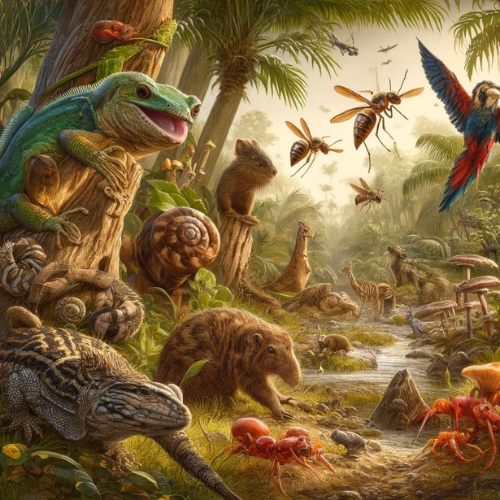
04 Apr Exotic Pest Identification
Managing Unusual Pests
South Florida’s unique ecosystem is a vibrant blend of native and exotic species. While this diversity adds to the region’s charm, it also brings challenges in pest management for residents and businesses. Understanding and controlling these unusual pests is crucial for maintaining a healthy and safe environment.
Disruptive Pests in the Wild
In the realm of exotic pest identification, Cuban Tree Frogs stand out as invasive amphibians that are more than just a nuisance; they pose a significant threat to native wildlife. Known for their voracious appetite, these frogs consume smaller amphibians, disrupting the local ecosystem. Identifying these exotic pests is straightforward—they are larger than native tree frogs and can be recognized by their smoother skin and varying colors from green to brown.
These snails are not only a garden pest but also a health hazard, as they carry a parasite harmful to humans. Their large size and rapid reproduction rate make them a significant concern. They feed on a wide variety of plants and can cause extensive damage to agricultural crops and natural habitats.
Originally from South America, Tegu Lizards have made their way into South Florida’s wild. These large lizards are omnivorous, feeding on fruits, vegetables, and small animals. They can be aggressive and are known to compete with native species for food and habitat.
Invasive Insect Species
These mosquitoes are not only a nuisance but also carriers of dangerous diseases like dengue fever and Zika virus. They are easily recognizable by their black and white striped legs. Effective control measures include eliminating standing water and using repellents.
Formosan termites are a formidable threat to structures, causing more damage than native termites. They build large colonies and can consume vast amounts of wood quickly. Early detection and professional treatment are essential to prevent extensive damage.
The Red Palm Weevil poses a significant threat to palm trees, a key element of South Florida’s landscape. The weevil’s larvae penetrate deep into the palm’s core, causing irreversible harm and frequently leading to the tree’s demise. To control their proliferation, regular monitoring and timely intervention are essential.
Troublesome Wildlife in the Region
Nutria are large, semi-aquatic rodents that can cause significant environmental damage. They erode riverbanks and displace native species. Controlling their population requires a combination of trapping and habitat management.
The world’s largest rodents, capybaras, have been spotted in South Florida. While they are generally not aggressive, they can damage crops and compete with native wildlife for resources. Their management involves habitat modification and exclusion techniques.
These colorful birds might look charming, but they can be quite troublesome. Monk Parakeets build large nests that can damage electrical infrastructure and pose a fire hazard. Managing their population involves nest removal and discouraging feeding.
Key Steps in Pest Prevention
Exotic pest identification is crucial for early detection and effective management. Look for signs such as droppings, damage to plants or structures, and unusual animal behavior. Preventative measures include sealing entry points, maintaining a clean environment, and monitoring for signs of infestation.
Professional pest control experts play a vital role in managing exotic pests. They have the knowledge and tools to assess the situation, identify the pests, and implement a customized solution. Regular inspections and maintenance by professionals can help prevent infestations and protect your property.
Conclusion
In conclusion, the challenge of managing unusual pests in South Florida is met with a combination of early detection, preventative measures, and professional expertise. By being vigilant for signs of infestation and maintaining a clean environment, residents and businesses can play a crucial role in keeping these exotic invaders at bay.
The role of professional pest control experts cannot be overstated, as their specialized knowledge and tools are essential in effectively identifying and controlling these pests. With their help, the vibrant ecosystem of South Florida can be preserved, ensuring a healthy and safe environment for all.



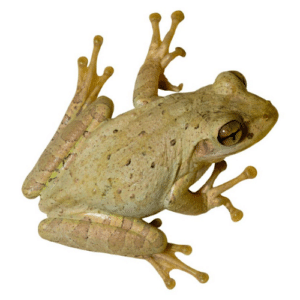
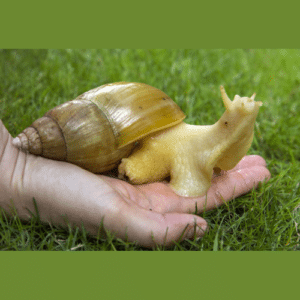
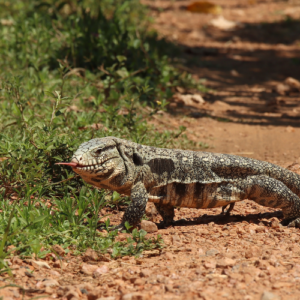
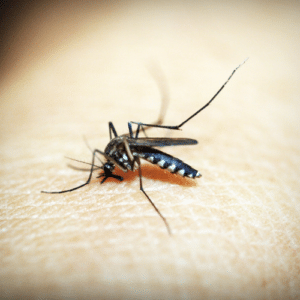
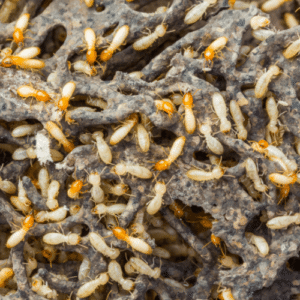
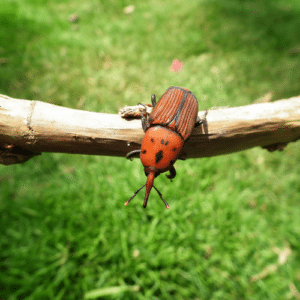
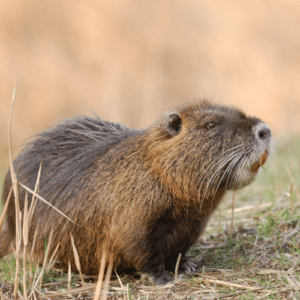
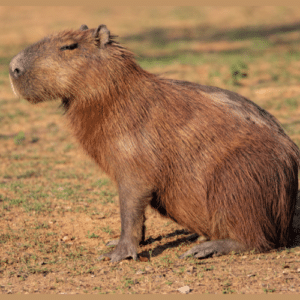
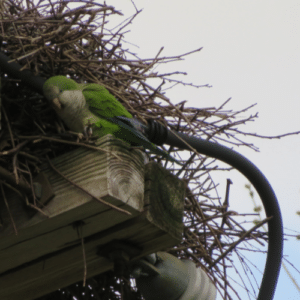
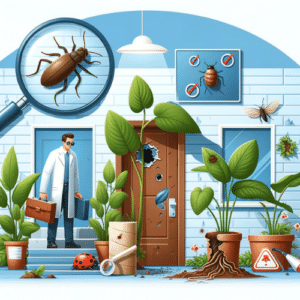
No Comments